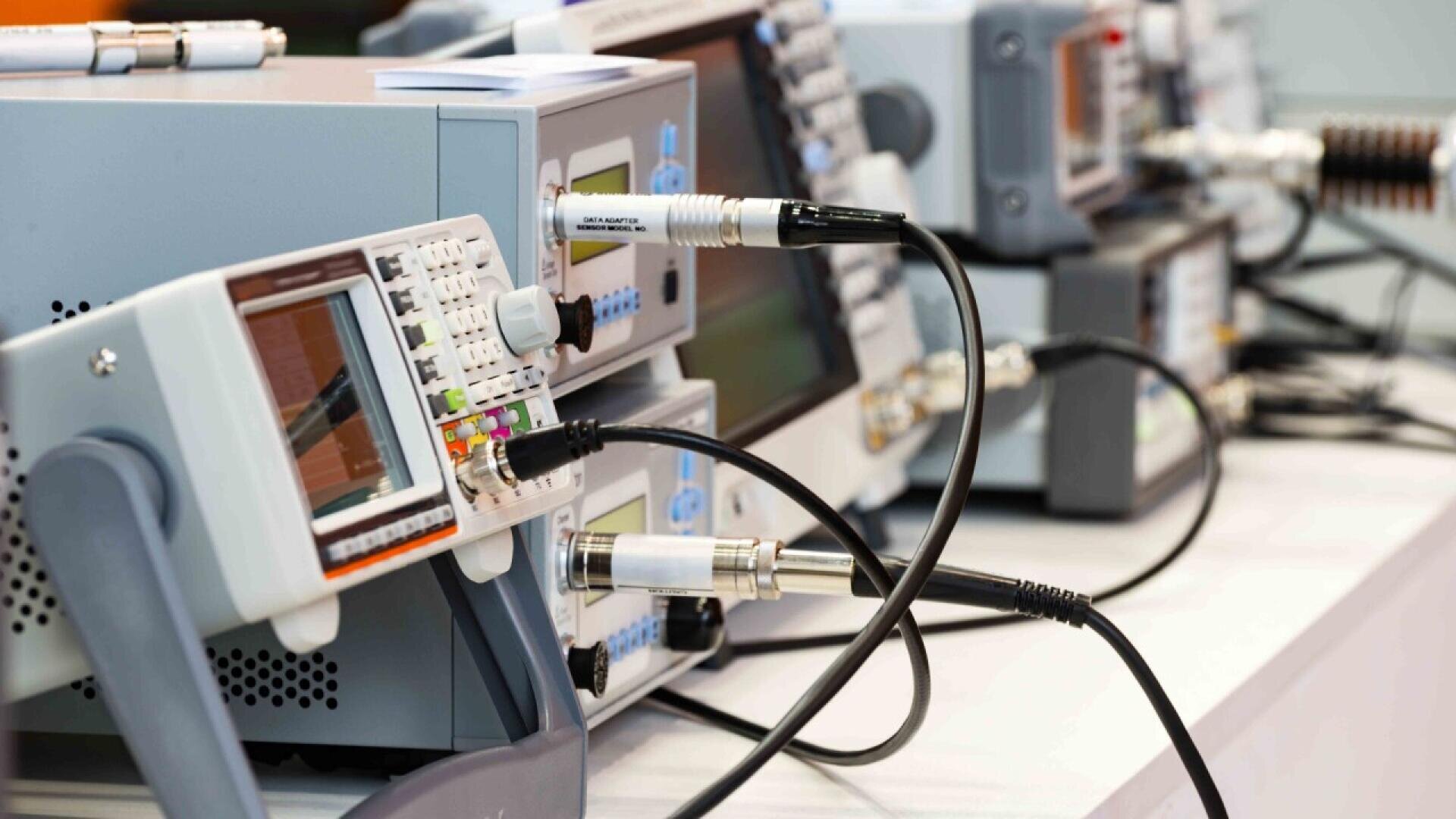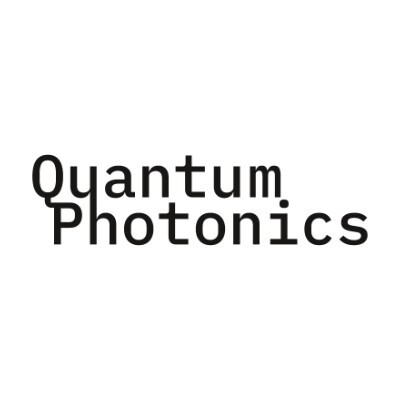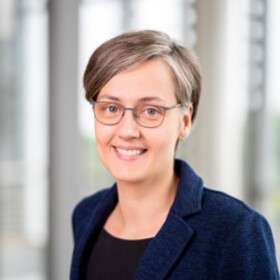Mit Quantentechnologie zu mehr Präzision
The quantum approach on its way into measurement technology - the opportunities and possibilities offered by the quantum world for the Instrumentation & Measurement sector will be demonstrated at the user conference and accompanying trade exhibition Quantum Photonics
Measuring devices monitor production and help to control systems, sensors detect various physical parameters, imaging such as microscopy provides insights into the world of the microcosm. If these devices, which are based on classical physics, are supplemented with quantum technology approaches, sensitivity and sensibility take a huge leap forward. The opportunities and possibilities offered by the quantum world for the field of instrumentation and measurement will be demonstrated at the Quantum Photonics user conference and accompanying trade exhibition, which will take place for the first time in Erfurt on May 13 and 14, 2025.
Quantum technologies are rarely encountered in everyday life. However, these approaches, which sound like the deepest physics, could help solve everyday problems in the future. For example, it would be possible for quantum magnetometers integrated into bridges to detect material fatigue at an early stage - and prevent accidents such as the collapse of the Carola Bridge in Dresden in the long term.
Quantum technologies offer numerous advantages for companies
However, companies are still quite hesitant to rely on quantum sensors and the like. Experts will discuss why it is worthwhile for companies to invest in the new technology and how quantum systems for sensor technology and communication can be produced in a more cost-effective, modular and miniaturized way at the Quantum Photonics congress trade fair on 13 and 14 May 2025 in Erfurt. “Our aim is to highlight the advantages of quantum physics and to anchor the quantum approach more firmly in the field of measurement technology,” says Dr. Ramona Eberhardt, Head of Department and Deputy Director of the Fraunhofer IOF. “Bringing domestic companies on board is essential in order to regain control of the process chains and establish national sovereignty.”
The biggest advantage that quanta offer for instrumentation and measurement is their high sensitivity. While sensitivity is a disadvantage when building a quantum computer, which we are trying to overcome, it offers a concrete benefit in measurement technology: Physical quantities such as pressure, temperature, speed, acceleration, electric fields or gravity can be measured much more sensitively and precisely than before by changing quantum mechanical states.
Quantum imaging for cancer diagnostics
Further advantages arise depending on the measurement task. If imaging examinations are required, optical methods such as microscopy and spectroscopy are extremely efficient in the visible wavelength range, but they reach their limits in wavelength ranges such as ultraviolet (UV), infrared (IR) or terahertz. “Quantum imaging also enables precise insights in these spectral ranges,” says Eberhardt, forum supervisor for the “Quantum for Instrumentation and Measurement” session at Quantum Photonics. “The big advantage: observation and detection can be carried out at different wavelengths - a unique selling point of quantum technology.”
Among other things, various miniaturized sources that cover the entire wavelength range will be on display at the trade fair. These are interesting in the field of medicine, for example: the different wavelengths can be used to detect different molecules and distinguish tumor cells from healthy cells, for example. Tumors could thus be diagnosed much earlier and treated more successfully than before. The corresponding quantum microscopy is being developed by the QUANCER research alliance, which is funded by the German Federal Ministry of Education and Research (BMBF) and comprises a total of nine partners from science and industry, including Fraunhofer IOF. “By using quantum imaging techniques with non-detected light, we can overcome the previous limitations of infrared microscopy,” explains Eberhardt. As is usually the case in the field of quantum technologies, the quantum imaging system is not used on its own, but extends conventional imaging. In the long term, this will not only be used to develop a new cancer diagnostic tool, but also to detect microorganisms, viruses and toxins. Dr. Valerio Flavio Gili from Fraunhofer IOF will present the project on the lecture stage.
Measuring the Earth's gravitational field: detecting mineral resources
Another possible area of application is measuring the Earth's gravitational field. As this can be measured much more precisely with quantum sensors than before, it could be possible in future to locate deposits of mineral resources such as rare earths without the need for costly drilling.
Quantum Photonics conference showcases numerous new developments
At Quantum Photonics on May 13 and 14, 2025 in Erfurt, experts will present how quantum technologies can be used in these and numerous other areas of instrumentation & measurement in the future, what new developments there are and where the journey is heading in the long term. Dr. Massimo Gandola from the Fondazione Bruno Kessler, for example, will discuss the versatility of single-photon avalanche diode (SPAD) technology, which plays a key role in the further development of quantum sensor technology, as it makes it possible to detect individual photons with the help of highly sensitive photodetectors.
In order to realize new photonics and quantum applications, different technologies and novel material systems need to be integrated into scalable photonics technology platforms. In many cases, contradictory requirements and restrictions have to be reconciled. At the congress, Joni Mellin from X-FAB Global Services GmbH will present a heterogeneous, integration-optimized silicon photonics platform that overcomes this challenge and also offers design flexibility to developers of quantum applications.
A market worth billions is expected for quantum technologies in the coming years. The key to broad acceptance and commercialization lies in scalable on-chip solutions. But how can quantum optical components be integrated at chip level? Dr. Sebastian W. Schmitt from Fraunhofer IOF demonstrates innovative approaches to generating and modifying quantum states of light in a targeted manner - through advances in modern materials science and nanotechnology.
Light that is in a special quantum state is also referred to as squeezed light. Squeezed lasers not only increase signal power, but also reduce photon shot noise, which often limits high-precision laser-based measurements. In his presentation, Dr. Axel Schönbeck from Noisy Labs explains the possibilities this technology offers for vibration measurement and biosensor technology.
Thuringia scores with great expertise
Thuringia is the perfect location for the Quantum Photonics trade fair: Not only does it have a long tradition of high technology, particularly in the fields of optics and photonics, but the Fraunhofer IOF in Jena is also a pioneer in the field of quantum imaging. The University of Jena is also a driver of development in quantum technologies.
Parallel event rapid.tech 3D
rapid.tech 3D, the leading trade fair for the additive manufacturing industry, will take place parallel to Quantum Photonics from May 13 to 15, 2025. Since the field of additive manufacturing is used in particular for many optically based quantum technologies, the interlinking of the two congress, forum and networking areas will create synergies for exhibitors and visitors.
An overview of the entire Quantum Photonics congress program and tickets for the congress and exhibition are available online at www.quantum-photonics.de.


